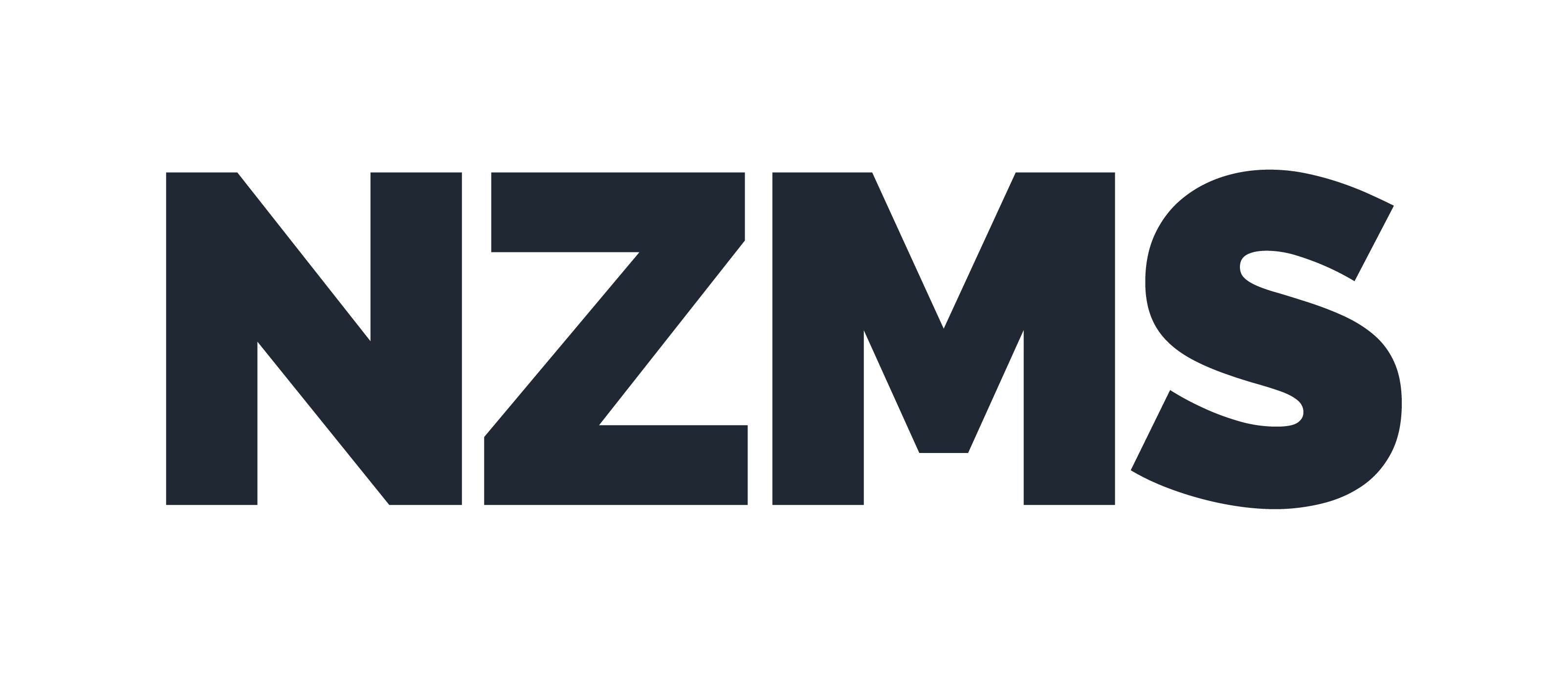A discussion we’re often having is around content moderation, and which camp you fall into. Are you a guardian who requires all new data to be verified, approved, cleansed and signed off before it goes live? Or are you a libertarian who encourages open and free discussion in your data from a wide and diverse audience? Likely you are somewhere in the middle, happy to have content added, but with a veto on it to remove the chaff and retain the wheat. Let’s have a look at the various options and check out the pros and cons.
Guardians
If you already have a wealth of information on your assets, then perhaps you do not need additional content from a wider audience. Your content may be sensitive, cultural, contentious or even just really well described already and would therefore not require or be enhanced any outside input. Sometimes if the content is of a contentious nature you can avoid spending all your time being content police and having to wade into arguments/disagreements over facts and opinions by not allowing them to be posted in the first place. If you have a closed set of data that is rich already, then you can close off all input without disadvantaging your users. However, always make sure they have a way to contact you about an item and suggest a change. As rich and complete as your data appears, it can still be wrong. A closed dataset means that you own the data and your audience doesn’t have any true connection to it. While they can read and share it, they are less likely to pay a return visit or interact further over time as your site and data becomes a pure source of information for lookup purposes – arrive, consume, depart.
Pros: Less daily management of your site – set & forget. No concerns over fact verification and validation. Consistent tone throughout the content – written in a single voice. No policing required.
Cons: Less connection with the audience. Dealing with content issues offline or via email instead of inside the system. Inaccuracies may never be challenged or corrected, blanks may never be filled. No new connections between your items can be added.
Libertarians
If you have a sparse but interesting dataset, or content that is more about the community and encourages their involvement, you may open your site up to free addition and editing of your data. This is the Wikipedia approach that lets people add, edit and police themselves, and was discussed by Jimmy Wales back in 2005. While it may seem chaotic it often works well. When a person adds content to an item they take a certain amount of ownership over it and will be more protective of it. There is always the concern of a bad apple getting in and making a complete mess, but if you have an engaged audience they will be sorting this out themselves. This approach doesn’t work well for all of your data and you probably don’t want to allow anonymous users delete rights to your entire database.
Pros: Low barrier for contributions. More interaction and return visits will likely be higher. Content will continuously grow and expand. Encourages more sharing and participation. Can quickly fill gaps and corrects errors in metadata.
Cons: May require a lot of oversight and content management. Quality and consistency of submissions may be low. Unsubstantiated facts being added. Little differentiation between an expert and a moron.
Inbetweeners
A vast majority of people will be turned off at one or both of the other options and want some kind of input from the crowd, but still have some control over what is good, bad and ugly. Configuring your data to have levels of editability means you can allow editing of member-friendly fields like geotags and personal stories, while maintaining the integrity of your formal metadata , like dates and titles. Being up front about what members can and cannot do is always a good idea, and gives direction to the editors about where their limitations are. A friendly “help us geotag these photos” on your home page will guide the members into a task that has limited scope, but as they have clear direction they are not disappointed by the lack of ability. With members visiting several items and adding the data they can, you may get some feedback on fields they have more information about as well. If they have data to offer but not a place to put it they may slot it somewhere else where is doesn’t really fit in an attempt to be helpful.
Pros: Your formal metadata is safe. You can load up gaps as a project. Members can edit other members’ metadata and are self-policing. You can quickly accumulate data you never had. Connections not previously known can be surfaced in a controlled manner.
Cons: You may get inappropriate data in your open fields. Some monitoring and maintenance will be required.
Flexibility
Some products may lock you in to a decision about how you accumulate your metadata before you even start. With Recollect, you can chop and change to suit at any time, covering all the options discussed above and having the control to open or close some or all of your metadata when you choose, even promote some users to editor level with extra permissions as they earn credibility. Having the flexibility to seamlessly and easily move between these states is important as you do not know today what tomorrow’s users may have to offer you.
